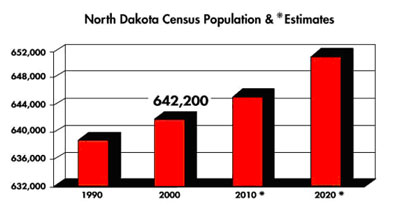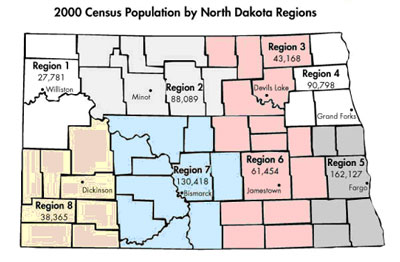|
Educated Workforce
Every company looking to expand its operations needs to know there is an available workforce.� As you will see in the graphs that follow, North Dakota delivers a ready and available workforce of more than 300,000 people, committed to world-class service.
 ���� ���� 
AWM Staffing, a medical staffing provider, located its operations in North Dakota in 2004. The company president said this about North Dakota�s workforce: �Our mantra is that AWM Staffing provides the highest level of service and professionalism. Having our operations in North Dakota ensures we will deliver on that promise.�
Consider these experiences of company�s located in North Dakota:
Marvin Windows and Doors needed 60 employees for a new facility.� The company had to stop accepting applications after 550 people responded.
Buhler Tractor Plant began advertising positions that might be available with pay of $8.50-$15.00 per hour.� The company, aware of North Dakota�s low jobless rate, was concerned that it might not be able to hire enough skilled workers (assemblers, welders and mechanics).� Nearly 600 qualified applicants responded to the ad.
North Dakota�s underemployed represent potential workers.� They are individuals working in a job well below their skill level or training.� Several North Dakota communities conducted labor availability studies in November 2002. The average number of job seekers � or underemployed workers � in these communities was 28 percent.
Another North Dakota community conducted a survey of its existing workforce and found the following:
-
Sixty-three percent of all potential job seekers have some training or education beyond high school;
-
Nearly 90 percent of all survey respondents has achieved their high school diploma (or equivalent);
-
Over 30 percent of the survey respondents had at least a four-year college degree; and
-
Over 30 percent of the survey respondents had undergone some training in the last three years.
2004 Annual Average NonFarm Employment by Industry
| Mining |
3,550 |
| Construction |
25,100 |
| Manufacturing |
24,550 |
| Transportation and Public Utilities |
17,750 |
| Wholesale Trade |
18,250 |
| Retail Trade |
41,250 |
| Finance Insurance and Real Estate |
18,600 |
| Services |
94,850 |
| Government |
74,550 |
| Total Non-Farm |
337,150 |
�
�Related Links:
North Dakota Job Service Economic Data
�
|

